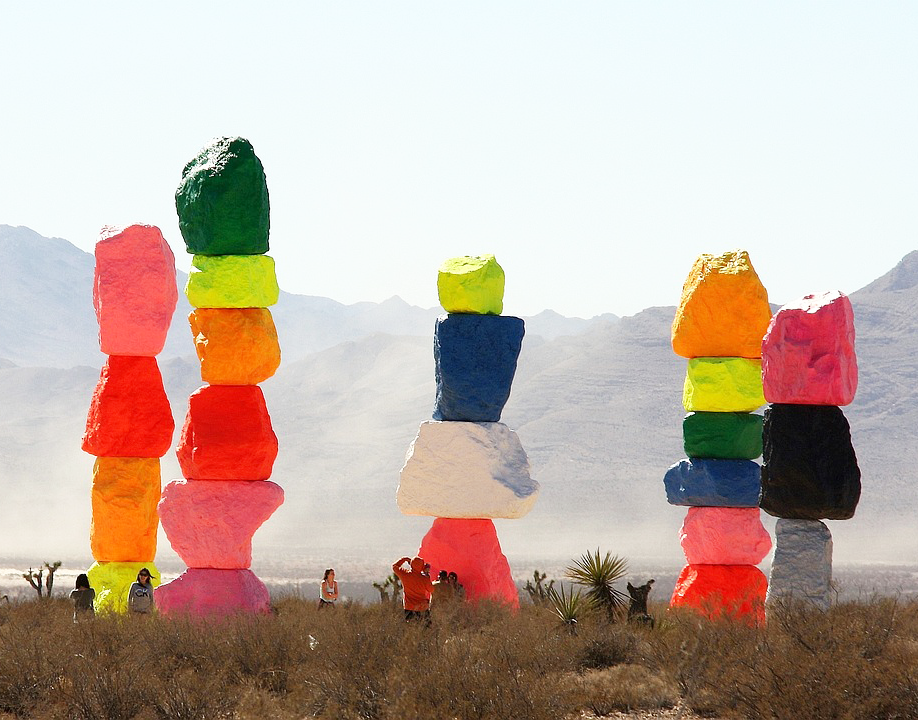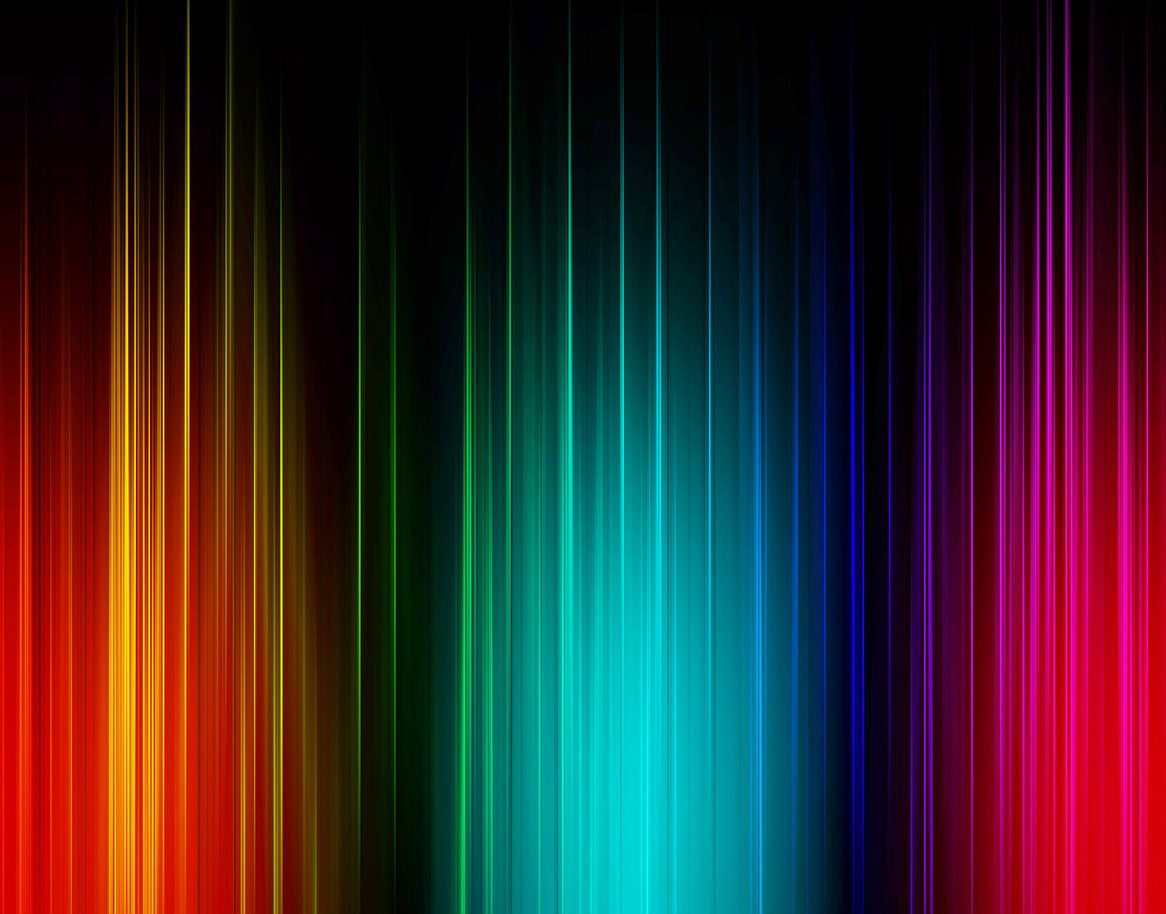At DayGlo We Understand Color
At DayGlo we understand color - especially the science behind it.
So why is it fluorescents appear so bright and seem to jump out at you? To understand this, we first need to look at how normal colors work.

THE FLUORESCENT COLOR THEORY
So how exactly does a fluorescent color fluoresce? It’s all about energy!
A fluorescent dye molecule begins at the lowest state of energy possible – the Ground State. When light shines on it, a photon of light is absorbed by the molecule. In effect, energy is absorbed. This excites the electrons inside the molecule to higher energy states – known as the Excited State. The excited electrons soon lose some of their energy to their surroundings, which prompts them to transition back to their unexcited state – the Ground State. In order to transition back, the electrons need to emit the photon of light absorbed.
This flash of light (the emission of the photon) is the fluorescence we see.

FLUORESCENT COLORS
How do fluorescent colors behave differently?
Fluorescent colors use a larger amount of both the visible spectrum and the lower wavelengths compared to conventional colors. They not only absorb and convert light energy of the dominant wavelength but also the wavelengths of ultraviolet rays and other colors lower in the visible spectrum. As a result, your eye perceives a far more intense color.
Where a clean, bright conventional color is able to reflect a maximum of 90% of a color present in the spectrum, a fluorescent color can reflect as much as 200% to 300%.

THE MECHANISM OF COLOR
The color spectrum is much larger than we can perceive!
The range moves from invisible, low-energy infrared rays to high-energy ultraviolet rays. The ‘visible light spectrum,’ or the colors that we see, are actually in the middle of the range.
Normal color absorbs and re-emits a portion of the visible spectrum that matches its principal wavelength, while the remaining colors are absorbed and dissipated as heat. In this way, a regular orange color re-emits back to your eye just the narrow orange band of the visible light spectrum. Therefore, if there is little or no orange light around (such as early dawn or dusk) the orange surface would appear dark or even black.
